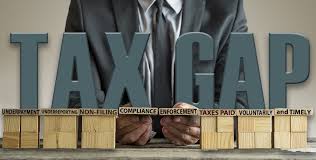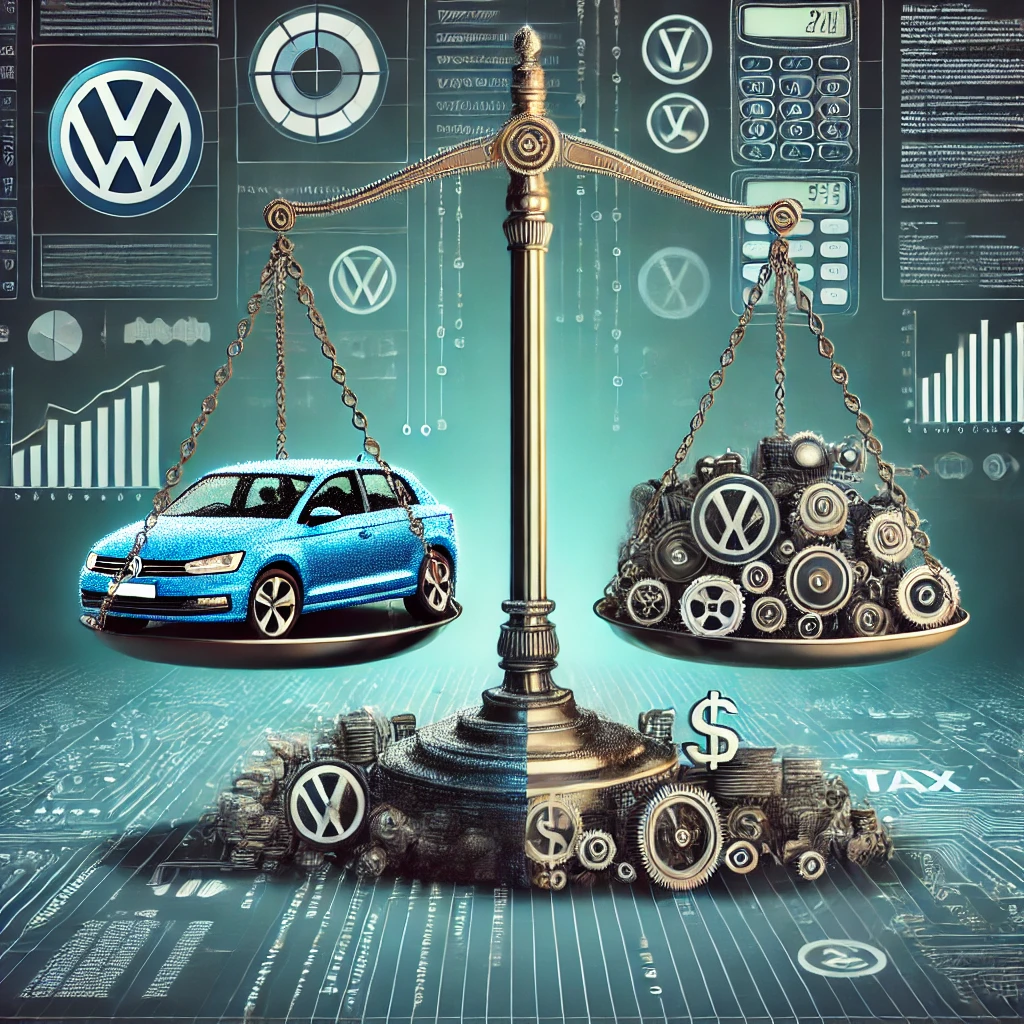Tax laws Norway
Norway's taxation system is characterized by a combination of direct and indirect taxes levied by central, county, and municipal governments. The tax structure supports Norway's extensive welfare state, funding public services such as healthcare, education, and transportation.
1. Income Tax:
Personal Income Tax: Norwegian residents are subject to a progressive income tax system, with rates increasing with higher income levels. The maximum marginal tax rate on labor income, including employer contributions, can reach up to 53.2%. This rate combines national insurance contributions, bracket taxes, and surtaxes.
Corporate Income Tax: Companies operating in Norway are taxed on their profits. The standard corporate tax rate is 22%. However, certain industries, such as the petroleum sector, face higher tax rates due to their profitability.
2. Social Security Contributions:
- Employer Contributions: Employers are mandated to contribute to social security, with rates varying by region. As of 2018, these rates ranged from 0% to 14.1%, depending on the location of the business. These contributions fund various social benefits, including pensions and healthcare.
3. Wealth and Property Taxes:
Wealth Tax: Norway imposes a net wealth tax at both municipal and central government levels. As of 2023, the municipal rate is 0.7%, and the national rate is 0.4%, up from 0.15% in 2018. There is a basic deduction of NOK 1,480,000 (double for married couples), and the value of personal residences is assessed at about 25% of their market value for tax purposes.
Property Tax: Municipal councils have the authority to levy property taxes, with rates ranging from 0.2‰ to 0.7‰ of a property's value. In 2009, 299 municipalities imposed property taxes, while 131 did not. citeturn0search10
4. Inheritance and Gift Tax:
- Abolition of Inheritance Tax: Norway abolished its inheritance and gift tax in 2014. Prior to its abolition, the tax rates ranged from 6% to 15%, depending on the beneficiary's relationship to the deceased and the amount inherited.
5. Value-Added Tax (VAT):
Standard Rate: Norway applies a standard VAT rate of 25% on most goods and services.
Reduced Rates: Lower rates of 15% and 12% apply to specific categories, such as foodstuffs and passenger transport, respectively.
6. Environmental Taxes:
Carbon Tax: Norway imposes taxes on carbon emissions, aiming to reduce greenhouse gas emissions. These taxes apply to fossil fuels used in various sectors, including transportation and industry.
Vehicle Taxes: To promote environmental sustainability, Norway imposes high taxes on petrol and diesel vehicles while offering significant incentives for electric vehicles (EVs). In 2024, 88.9% of new car sales were fully electric, up from 82.4% in 2023. This shift is supported by policies such as exemptions from import and VAT for EVs.
7. Recent Developments:
Capital Gains Tax Adjustments: In response to concerns about tax avoidance through emigration, Norway introduced exit taxation in 2022. This tax is due within 12 years post-emigration, aiming to prevent tax base erosion.
Super-Profit Taxation: Norway has historically taxed "super" profits from natural resources like oil and hydropower to benefit society. This approach aligns with the economic theories of Henry George, who advocated for taxing land rent to capture public value from private land increases.
Note: Tax laws and regulations are subject to change. For the most current information, it is advisable to consult the Norwegian Tax Administration (Skatteetaten) or a professional tax advisor.










0 comments